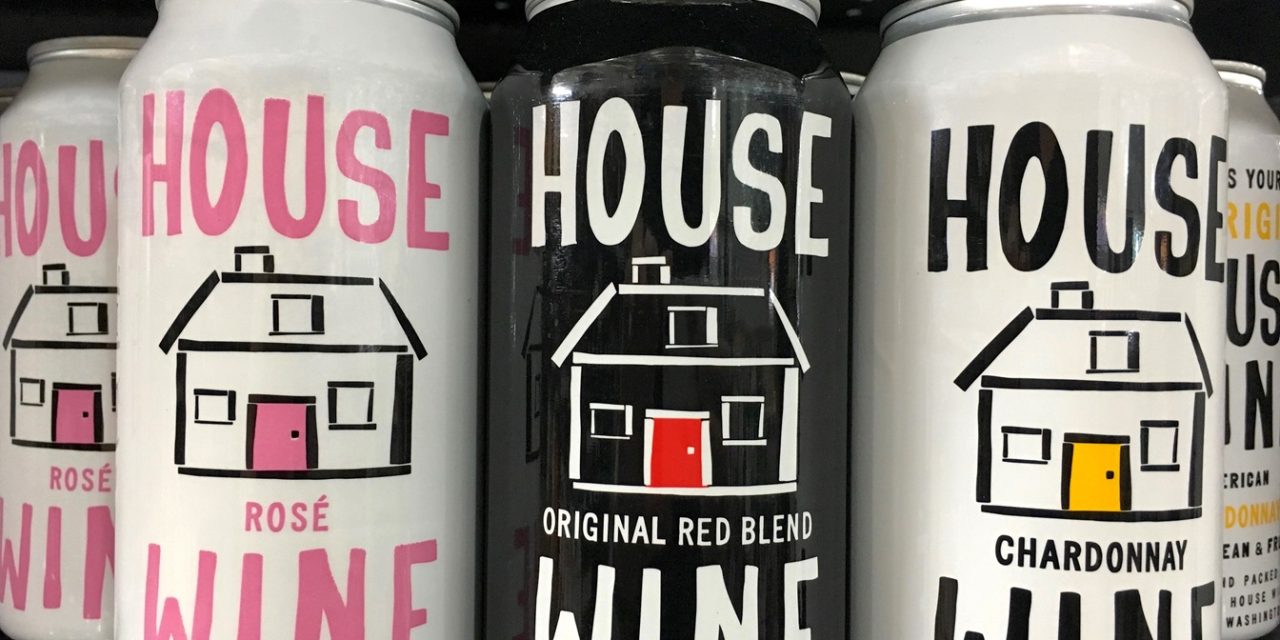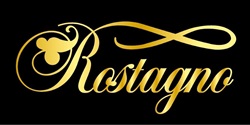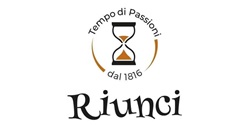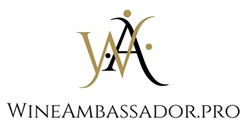The tiny Market Share of Canned Wine is on the rise
Research and Markets has just released its Wines – Global Strategic Business Report.
DUBLIN – In recent years, the wine industry has witnessed an innovative shift in its packaging and distribution methods, with canned wines emerging as a significant player. This modern approach to wine consumption has captured the attention of consumers worldwide, thanks to its convenience and quality preservation capabilities. As we delve into the canned wines market, it’s clear that this sector is not just a fleeting trend but a substantial movement towards more accessible and sustainable wine consumption.
The Rise of Canned Wines
Canned wines offer a fresh take on wine packaging, allowing consumers to enjoy their favorite varietals from aluminum or steel cans instead of traditional glass bottles. This shift is propelled by advancements in canning technology, ensuring that the wine’s taste, body, and aroma remain intact over time. The market’s expansion is fueled by a growing preference for convenient and eco-friendly packaging solutions, coupled with rising disposable incomes and urbanization, especially in emerging economies.
Marketing strategies have evolved alongside the market, with collaborations at music festivals and limited-edition releases helping to cement canned wines’ place in the beverage landscape. Yet, navigating through strict regulatory frameworks across various regions remains a challenge for the industry.
Regional Market Insights
In North America, the demand for canned wines is surging, particularly among younger consumers who value the portability and ease of use these products offer. Environmental consciousness also plays a role, especially in Canada, where the recyclability of cans is a significant draw. For instance, Archer Roose, Inc.’s introduction of a limited edition sampler pack in April 2023 underscores the innovative approaches companies are adopting to capture market share.
The Asia-Pacific region is witnessing its own growth spurt for canned wines, driven by a burgeoning middle class and an openness to Western cultural influences. However, the complexities of local regulations and intense competition from established brands present unique challenges.
Europe’s canned wine market is flourishing, with sustainability and packaging waste reduction at the forefront of the industry’s mind. Conversely, the Middle East offers a mixed bag of opportunities due to varying alcohol regulations, while South Africa’s demographic shifts and urbanization are influencing a move towards alternative packaging formats like cans.
Strategic Market Analysis
The FPNV Positioning Matrix and Market Share Analysis offer valuable insights into the competitive landscape of the canned wines market. These tools help identify key players’ strengths and weaknesses, providing a clear picture of where companies stand in terms of business strategy and product satisfaction. Such detailed analysis is crucial for stakeholders to navigate the market effectively.
Future Outlook
Projected to reach $823.3 million by 2030, with a CAGR of 11.7% from 2022 to 2030, the global canned wines market is poised for substantial growth. Sparkling and fortified wines are expected to lead this surge, benefiting from the post-pandemic recovery and evolving consumer preferences.
The U.S. and China are notable markets, with the latter expected to witness a remarkable 16.8% CAGR, showcasing the global appeal and potential for canned wines. Key players like Beach Juice, Constellation Brands, and E & J Gallo Winery are among those shaping the future of this vibrant market.
Conclusion
The canned wines market embodies the changing tides of wine consumption, offering a blend of convenience, sustainability, and innovation. As the industry continues to evolve, it presents an exciting frontier for consumers and companies alike, promising a future where wine is more accessible, enjoyable, and environmentally friendly.










